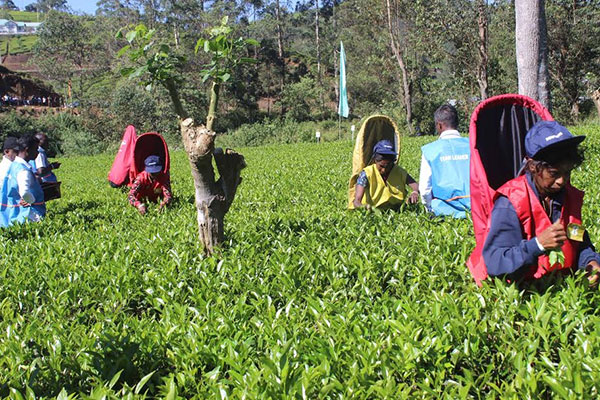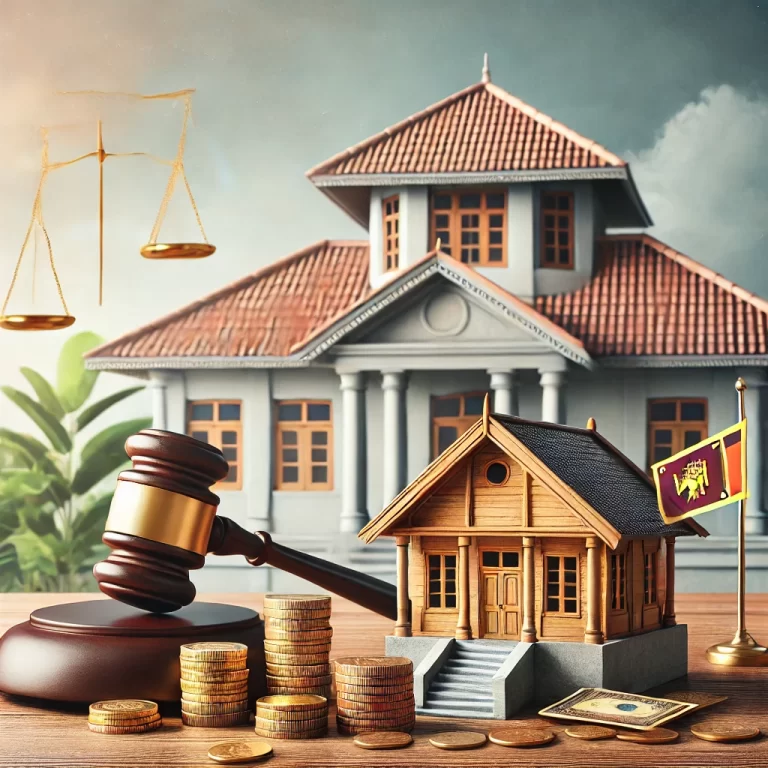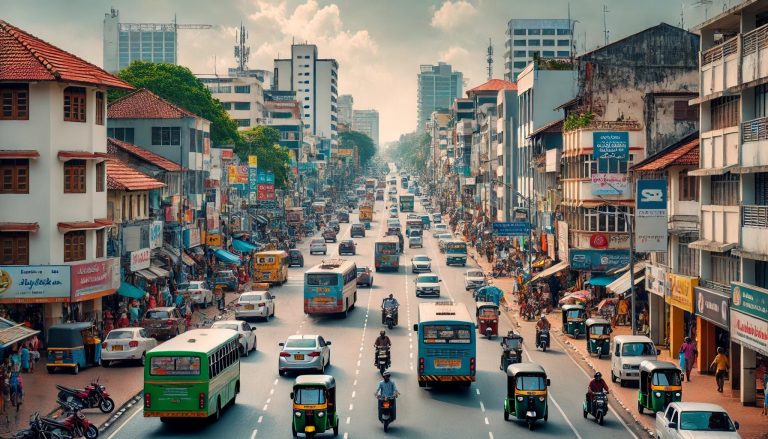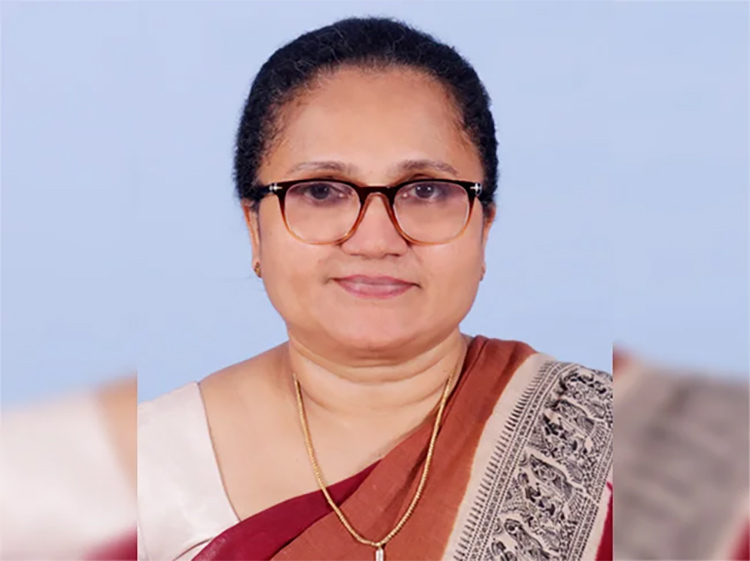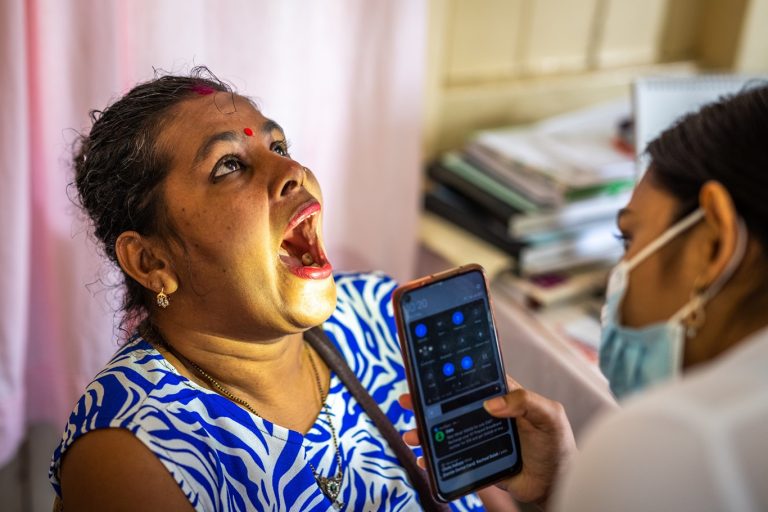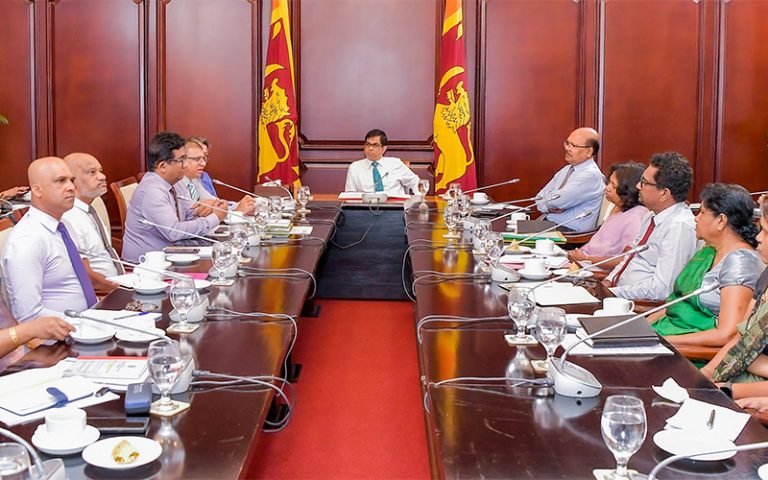Harsha Gunasena
Ahilan Kadirgamar (hereinafter referred to as AK), whose colourful academic credentials i.e., bachelor’s degree in electrical engineering, master’s in economics and a doctorate in anthropology would impress anyone, has written an article titled “Kenya to Sri Lanka: Protests, IMF and High Ambition” to the Daily Mirror published on July 1, 2024 (https://www.dailymirror.lk/opinion/Kenya-to-Sri-Lanka-Protests-IMF-and-high-ambition/172-286106).
I have written this reply to Daily Mirror but I thought of sharing this with Daily Reporter readers as well.
AK basically criticized the respective IMF programmes in Kenya and Sri Lanka and was on the verge of predicting that Sri Lanka also will face riots similar to Kenya.
There were certain misinterpretations in the article of AK and the intention of this article is to address those points.
“The demands of the Kenyan movement now for the resignation of their president echoes what we heard here all over Sri Lanka, resulting then in the flight of President Gotabaya Rajapaksa.” This statement by AK is literary correct but the causes for the two incidents were completely the opposite. The former was associated with the solution and the latter was associated with the problem.
We will examine why the so-called solution had to meet stiff resistance from the people during the latter part of this article. Prior to that there are a few points which should be clarified. AK stated the following in the latter part of his article. ”The political opposition in Colombo waiting for the elections later this year need to wake up. If they cannot come up with an alternative to the IMF path of so-called economic recovery, their political future may end up the same as in Kenya.”
Both the main opposition parties SJB and NPP stated that they would continue with the IMF programme but both of them stated that they would renegotiate the agreement with the IMF. To my knowledge they have not clearly mentioned the areas they would renegotiate with the IMF and to what extent. In response to these claims, IMF Sri Lanka Mission Head Peter Breuer responded in a press conference as follows “So, I mean, more broadly speaking, with respect to, you know, proposals, as I said before, we’re willing to listen to different views of how the program objectives can be reached, and these need to be realistic and achievable within the timeframe of the program. So that’s very important.”
Gotabaya Rajapaksa’s regime was against asking the help from the IMF which was clearly spelled out by Nalaka Godahewa prior to the elections, and it was clearly carried out by Nivard Cabraal, the political appointee to the Governorship of the Central Bank, who was more vocal than the Minister of Finance, during the crisis. Cabraal stated that he had a home-grown solution to the crisis rather than asking the help from the IMF. Had they asked that help prior to the bankruptcy Sri Lankan public would not have faced such a disastrous situation. What did Cabraal do? He dealt with the Central Banks of India and China and arranged currency swaps. That was the home-grown solution which was not adequate to rescue Sri Lanka.
If the NPP does not have an alternate solution to the IMF, why do not Ahilan Kadrgamar (AK) and the rest of the similar-minded economists put forward an alternate solution? Then all of us could debate and if acceptable we all can push the Presidential candidates to accept and adopt it.
I do not agree with the foreign policy of the USA or that of Russia or that of any other powerful country since naturally, my perspective is the Sri Lankan perspective. However, there could be certain alignments on those different perspective at different times and such alignments may have led to the so-called high ambition rhetoric referred to by AK.
AK says “That such financialisation is at the root of the current wave of sovereign debt crisis was propelled by commercial borrowings in international capital markets is not a consideration (for Washington or the IMF)”. Not really. The root of the wave is arrogance and lack of financial literacy at the highest levels of the governments resulted in the negligence of the basics. One cannot blame Wall Street for that.
The statement of AK can be examined further in the Sri Lankan context since there is a link between financialisation and debt crisis. Sri Lanka was upgraded to a lower middle-income country in 1997 and as a result, Sri Lanka lost access to most concessional financing which means loans with lower interest rates and longer repayment periods. Sri Lanka issued its first International Sovereign Bond (ISB) in 2007. Politicians and top-rank government officials are happy with these loans since those loans although come with higher interest rates and shorter repayment periods, are equally associated with no conditions. Mahinda Rajapaksa’s government prevailed at that time and promoted domestic infrastructure and consumption-driven growth with the ISBs and China Exim Bank loans. The top Ranks of that government looked down upon the institutional and bilateral loans with low interests and more conditions. That was one reason why the light rail project of Japan was stopped abruptly during the time of Gotabaya Rajapaksa.
AK also says, “It is futile to pursue the IMF’s path of debt resolution, as the IMF’s interests are aligned with those of the creditors and the West.”No. IMF interests are aligned with the fundamental interests of the borrowing country. If and only if the borrowing country is financially stable the IMF loan and the other loans can be repaid. IMF is not involved in the debt restricting negotiations which would result in writing off a portion of the loans (haircuts) and/or lowering the interest rates and/or prolonging the repayment period. After the restructuring the agreed amount should be paid or else that country can remain an outcast to global financial transactions and go back to an ala bathala economy.
What happened in Kenya? Willium Ruto became the Kenyan President in 2022 and the IMF support schemes namely Extended Fund Facility (EFF) and Extended Credit Facility(ECF) were requested and approved during the time of previous President Uhuru Kenyatta in 2021. The International Criminal Court (ICC) opened an investigation of the post-election violence of 2007-08 against both Ruto and Kenyatta. Ruto’s aggression against the recent peaceful demonstrators was widely condemned.
Kenya like Sri Lanka was facing prolonged twin deficits i.e. budget deficit and current account deficit. IMF is not at fault for having these deficits. As a result of these deficits, the debt of Kenya got piled up. Then Kenya requested the assistance of the IMF. Not that the IMF voluntarily offered to help Kenya.
In Kenya, there is no free health care in comparison to Sri Lanka. Many government hospitals offer free or low-cost medical services. These services often cover essential health care, maternal and child health services, and treatment for certain diseases. There is a medical insurance scheme and free community health care programmes organized by NGOs are in operation. University education in Kenya is not free. There are certain concessions in government universities. Kenya is a lower middle-income country but the challenges of poverty and income inequalities remain. In 2019 almost one-third of Kenyans (33.6%) were living below the poverty line.
The EFF and ECF programme objective in relation to Fiscal policy was to undertake growth-friendly fiscal consolidation to preserve debt sustainability by bolstering revenue primarily through broadening the tax base and curtailing overall spending while prioritizing high-impact social and investment expenditure. The primary balance of the government budget which means total income minus total expenditure other than interest payments and loan repayments was negative and the intention was to make it positive by increasing the revenue and reducing the expenditure.
Before the grant of the IMF facility Kenya increased the maximum income tax from 25% to 30% and the VAT rate from 14% to 16%. This was a reversal of previous tax cuts. The ratio of Kenyan Income Tax revenue to VAT revenue was 62:37. In the projections also they maintain the same proportion. This is quite contrary to the Sri Lanka situation.
This may be due to the fact that considering the higher income inequality and higher poverty rate.
However, this consideration was reversed in the Finance Bill 2024 where bread was subject to 16% VAT among several other products which were previously exempted. In addition to that the government introduced a 25% exercise duty on cooking oil and as a result, the price of cooking oil was increased by around 80% in the retail market. In respect of imported sugar, the current exercise duty of KES 42.91 per kg was increased to KES 257.55 per kg. In respect of Income Tax, there were no drastic changes, but certain tax exemptions were removed. There was no increase in the Income Tax rate. The impact of these changes on the national budget would surely change the Income Tax to VAT ratio. Income Tax is paid by those who can afford to pay, and VAT is paid by all the consumers. If VAT is increased on essentials in a country where there is a higher poverty rate, it will eventually lead to social unrest.
A government should be prudent and should know where to collect taxes and where to cut expenses in order to strengthen fiscal stability. When things go wrong one cannot blame the IMF or Washington for that. Therefore, one cannot predict that what happened in Kenya will happen in Sri Lanka as well.

